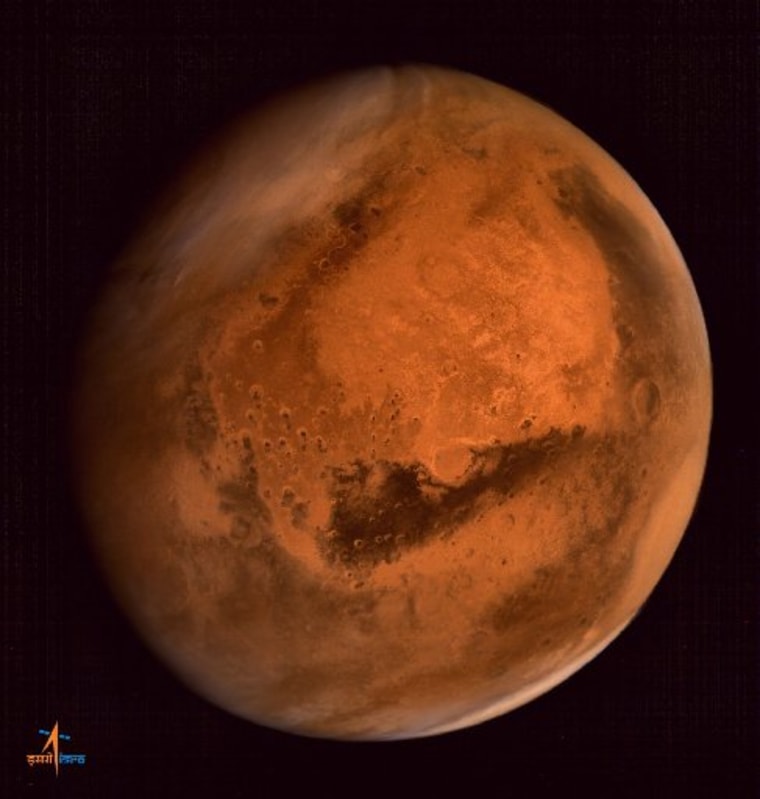Dark streaks on Martian slopes may have been carved by boiling water, new research suggests.
This finding may be good news and bad news: good, because it suggests that Mars might still have liquid water, but bad, because the planet might have less liquid water than previously thought, the researchers said.
Read More: Mars Shows Strong Signs of Flowing Water, Researchers Say
Although Mars is now cold and dry, several previous studies suggest that liquid water once ran on the planet's surface. Dark, narrow lines on Martian slopes even hint that water could run down these formations every spring.
However, the impact of liquid water on Mars' current surface — and even the existence of such water — remains uncertain. The Red Planet's atmospheric pressure is too low, at about 1/100th of Earth's, for liquid water to last on the surface. In such thin air, water easily boils.
"A good example is that of Mount Everest — the atmospheric pressure at the top of Everest is 400 millibars, as opposed to around 1,000 millibars at sea level, and therefore water boils at 72 degrees Celsius [161 degrees Fahrenheit] rather than 100 degrees C [212 degrees F], meaning mountaineers cannot make a decent cup of tea," study co-author Susan Conway, a planetary geomorphologist at the University of Nantes in France and France's National Center for Scientific Research, said in an email. "On the Martian surface, the pressure is 5 to 10 millibars, meaning that liquid water boils no matter what the temperature is."
Read More: Bad Neighbor? Mars May Literally Be Tearing Its Own Moon Apart
Previous research suggested the Martian slopes' dark streaks, — known as recurring slope lineae, or RSL — might have been caused by dust avalanches or venting of carbon dioxide gas rather than water. Now lab experiments under Martian conditions suggest that boiling water may create the strange features after all.
This is a condensed version of a story that first appeared on Space.com. Read the original story here. Follow Charles Q. Choi on Twitter @cqchoi. Follow us @Spacedotcom, Facebook and Google+.
